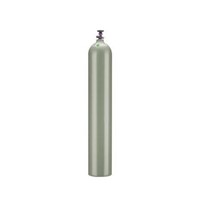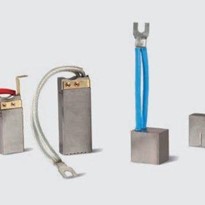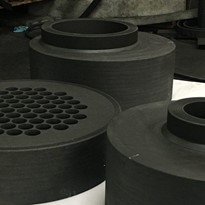The long awaited successor to the Murciélago, the Aventador LP700-4, was unveiled at the Geneva Auto Show. Since then, it has gained widespread recognition, being the first flagship from Automobili Lamborghini SpA to feature a production carbon fiber chassis, made using an Araldite® resin system for Resin Transfer Molding (RTM).
Lamborghini has been working with carbon fiber composites for 30 years; indeed the Italian auto-maker was responsible for the first carbon fiber component on a production car and the first carbon fiber tub on a road car.
In order to meet increasingly stringent environmental regulations, Lamborghini’s corporate strategy is now directed at increasing the power-to-weight ratios of its cars, reducing the overall weight and thereby reducing vehicle emissions.
To achieve this goal, the company has identified carbon fiber composites as a key technology. It is committed to become a ‘Centre of Excellence’, promoting collaboration and developing best practices to maximize the use of composite materials in production vehicles, as well as driving technological advancement in this area forward.
While traditional composites used in the luxury sports car industry have typically utilized aerospace-derived prepreg materials for autoclave cure, out-of-autoclave processes are now believed to provide unparalleled efficiencies in terms of cost and production rate, while leaving performance and quality unaffected. Among these processes, Lamborghini is focusing on liquid resin processes (VaRTM and RTM), oven-cure prepregs, performing technologies (braiding, non-crimp fabrics and thermoforming), and advanced compression molding.
The first project to come out of the company’s new corporate strategy is the Aventador LP700-4’s carbon composite chassis. Designed, developed and manufactured at Lamborghini’s headquarters at Sant’Agata, Bolognese, where all the bull signed cars are manufactured, this carbon chassis is also expected to be built into other Lamborghinis in the future.
Lamborghini produced the bulk of the chassis with the support of Huntsman Advanced Materials, who provided an Araldite® resin system especially adapted for Lamborghini’s ‘RTM-Lambo’; a Resin Transfer Molding (RTM) processing technique.
During the patented ‘RTM-Lambo’ process to produce the chassis, pre-formed carbon fiber reinforcements are impregnated with a precise amount of the Araldite® resin. This advanced technique uses lighter molds made of carbon fiber, rather than steel or aluminum and is heavily automated.
The Aventador’s chassis also includes epoxy foam sections, adding the space needed to create shapes without introducing unnecessary layers of carbon fiber. The foam also dampens noise and harmonic vibrations, like heavy insulation would on a metal chassis car.
To meet all the RTM requirements; the resin must have a very low viscosity, sufficient-pot life and good fiber impregnation capabilities. Furthermore, it must be able to deliver the mechanical properties required to ensure the strength and torsion rigidity of the chassis. In being adapted with a carbon fabric orientation and quality, the Araldite® resin fulfils all these requirements.
The entire passenger cell of the Aventador, including the roof, weighs just 147.5kg. This lightweight is not at the expense of rigidity - indeed it takes 35,000 Nm (25,800lb ft) of torque to twist it by one degree. By comparison, the Murciélago, with its metal chassis, had a torsion rigidity rated at around 20,000 Nm per degree. In effectively deploying carbon composite materials, the Aventador is more robust than its predecessor.
“The Araldite® resin system developed by Huntsman has been extremely well adapted for the ‘RTM-Lambo’ technique. It has excellent mechanical and curing properties and a suitable viscosity profile versus time, allowing us to meet rigorous performance and cost requirements,” explained Luciano De Oto, Head of Lamborghini Advanced Composite Research Center (ACRC).
“To fulfill increasing production rates as we move forward with our strategy to deploy more carbon fiber in the future generations of our high performance cars, this RTM process is the answer.”
In combination with the Araldite® resin, the ‘RTM-Lambo’ technique creates a chassis that is lightweight, robust and capable of delivering the power-to-weight ratios outlined in Lamborghini’s corporate strategy. It also offers a cost effective solution for the repeatable production of structural parts with mechanical and thermal performances comparable to autoclaved prepregs.
With the Aventador’s chassis, Lamborghini and Huntsman have created a ground-breaking package. The first production carbon fiber chassis from Lamborghini is also recognized as being steps ahead of any other production carbon chassis available today.
















